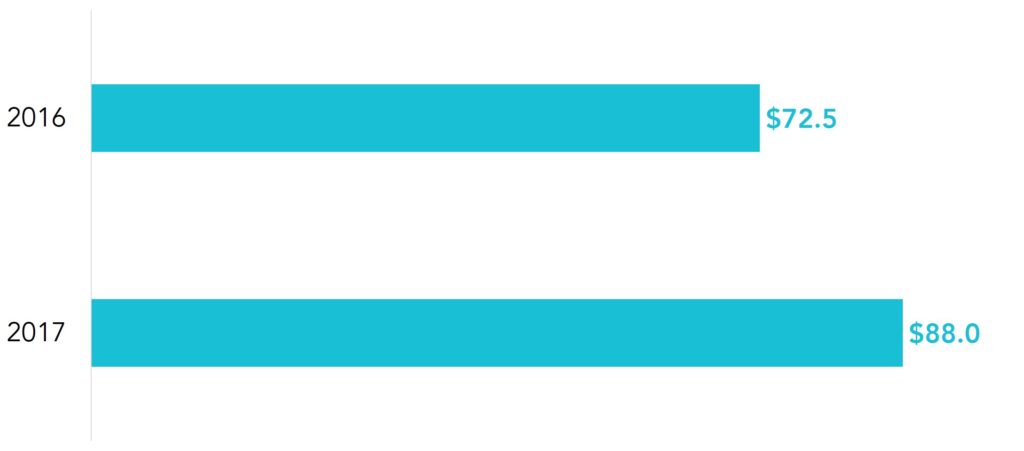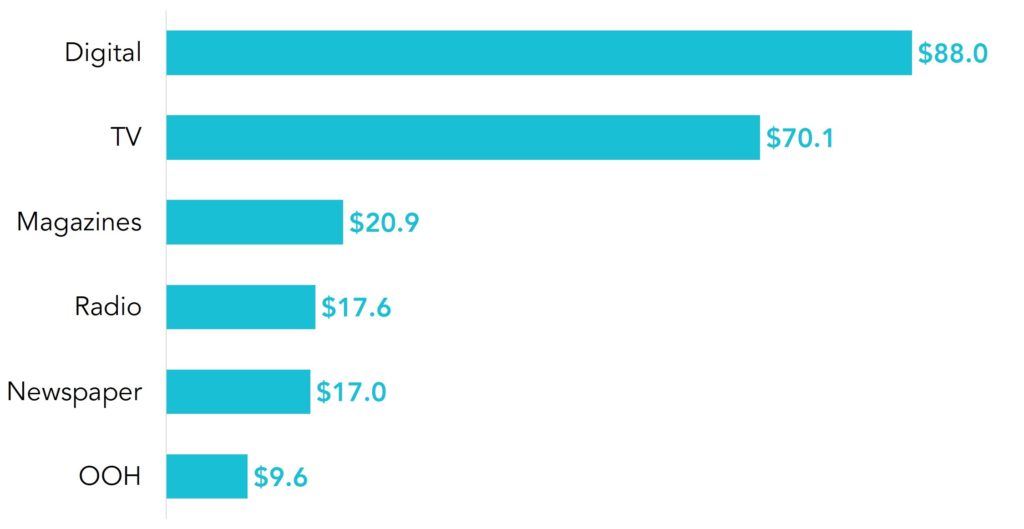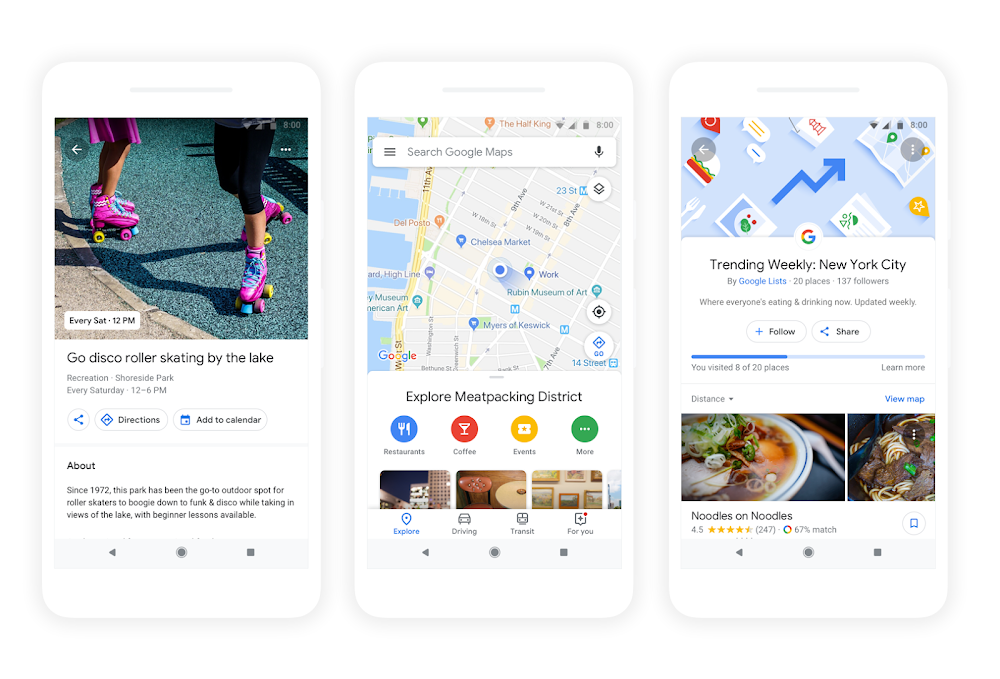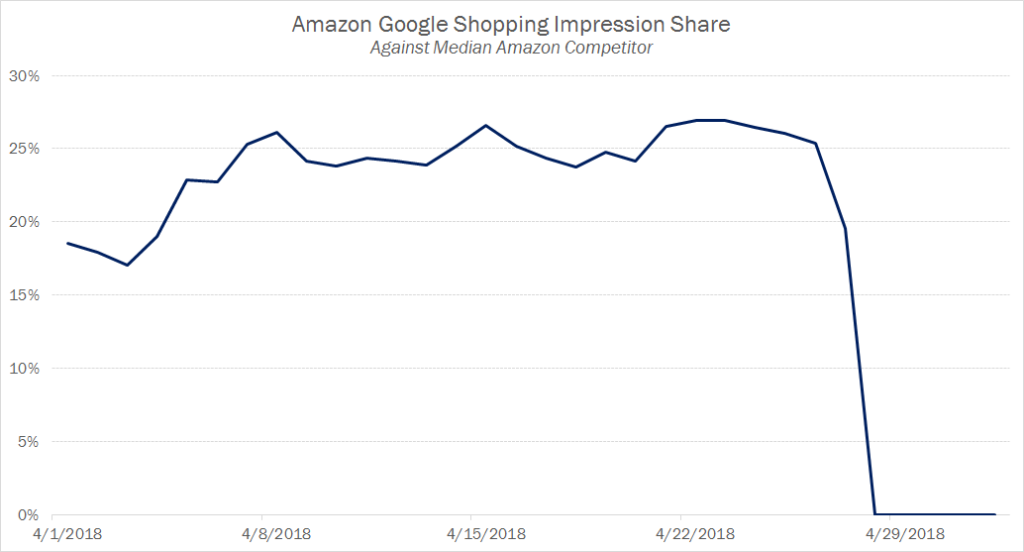[MAY 2018] TL;DR Roundup – Google I/O Updates and the Best of the Rest in Marketing and Advertising This Week
Welcome to the TL;DR Roundup, Mindstream Media Group’s periodic recap of the biggest stories in digital and traditional media, marketing and advertising. We know there’s too much going on to read everything, so we break down the most important stories for you.
Need help with your marketing/advertising efforts? Have any questions about this week’s news? Think we missed something? Send us a message and let us know.
This week developers from around the globe flocked to Google I/O – the company’s annual event focused on exploring the next generation of tech. Per usual, there were plenty of updates from the conference that marketers need to know. We’ll get to those in a bit, but first…
Digital ad revenue continues to grow
The IAB released its Internet Advertising Revenue Report this week and the numbers looked good. Digital ad revenue was up 21 percent for the fiscal year 2017 compared to 2016.
Digital ad revenue growth (FY 2016 vs. FY 2017)
 Here are some other highlights from the report:
Here are some other highlights from the report:
- Mobile accounted for 57 percent of digital ad revenue in 2017 (compared to 51 percent in 2016).
- Digital ad revenue also grew 21 percent in the fourth quarter of 2017 compared to the same period in 2016.
- Digital ad revenue continued to outpace its traditional media counterparts but both radio and out-of-home advertising experienced modest growth.
Full-year 2017 ad revenue by media type

For full coverage of IAB’s report, check out this piece from Marketing Land.
Top news from Google I/O
The annual developer gathering is jam-packed with information and updates about a variety of Google’s products and services. Combine I/O with Google’s normal onslaught of weekly updates and we have a lot to cover. Let’s look at some of the most important news for marketers from Google this week.
Ad innovations for apps
Google’s “Grow your app business through user acquisition and monetization” session at I/O covered a few new features to help developers and brands improve advertising efforts in mobile apps.
From the Inside AdWords blog, here are a few of the most notable new features for advertisers:
- Google is launching a beta to help developers surface more relevant content in their app promotion ads. “For example, Wish, a shopping app, can link its product catalog to AdWords and surface relevant in-app product images and descriptions directly in its ads.”
- Google is planning on making view through conversion (VTC) reporting available to AdWords app advertisers to help them understand which viewable ad impressions lead to conversions. “For example, you can use these reports to better understand how well your video and display ads influenced app installs.”
- Google is integrating the IAB Open Measurement SDK into Google Mobile Ads (GMA) and Interactive Media Ads (IMA) SDKs. “This solution will save developers time and reflect the true value of their app inventory.”
Google Maps gets personal
Users have long relied on Google Maps to help get them to their destinations. Soon, they’ll also be able to use Maps to decide that destination for them.
In a blog post, Google outlined the new functionalities of Maps:
In the coming months, Google Maps will become more assistive and personal with new features that help you figure out what to eat, drink and do – no matter what part of the world you’re in. So, say goodbye to endless scrolling through lists of recommended restaurants or group texts with friends that never end in a decision on where to go. The next time you’re exploring somewhere new, getting together with friends, or hosting out-of-towners in your own city, you can use Google Maps to make quick decisions and find the best spots.
A re-designed Explore tab will show users new and interesting dining, event and activity options based on the area they’re looking at. It will also help users “find new restaurants based on information from local experts, Google’s algorithms and trusted publishers like The Infatuation and others.”
 Image source: Google
Image source: Google
If you’re thinking this sounds a lot like what the Google Assistant is designed to do, you’d be right. In another blog post, Google elaborated on the Assistant’s integration with Maps.
The Assistant is coming to navigation in Google Maps later this summer, with a low visual profile so you can keep your hands on the wheel and your eyes on the road. You’ll be able to send text messages, play music and podcasts, and get information without leaving the navigation screen. For example, say “Hey Google, read me my messages” and you can get a summary of unread texts with the option to respond by voice.
What’s the magic word?
Later this year, Google will introduce Pretty Please – a feature that allows the Assistant to understand and encourage polite conversations. The feature was designed with kids in mind but you can enable Pretty Please on any voice profile in your household.
Lighthouse 3.0
Google also introduced the latest version of Lighthouse – a collection of tools that help website developers audit and optimize site performance.
According to a report from Techcrunch:
The new update is centered around more precise and actionable metrics, such as page load time and the components of the site that might be slowing it down. Google has been working to ensure that websites are able to run quickly and smoothly through products like Google AMP. Getting all those websites running in an optimized fashion can increase engagement across the board, and the new version of lighthouse is designed to drill even further down to what’s happening.
For more updates from Google I/O, check out Google’s collection of major announcements.
Amazon ditches Product Listing Ads
Moving on from Google news (sort of), Amazon seems to be dropping their presence in Google’s Product Listing Ads (PLAs). According to a report form Merkle, the online retail giant Amazon stopped bidding on PLAs at the end of last month.
After a year and a half of competing in Google Shopping auctions, Amazon suddenly stopped bidding on Google’s Product Listing Ad format last week. Amazon’s presence was strongest and most consistent in the home goods product category, but it also appeared in Google Auction Insights reports for advertisers in other categories such as furniture, office supplies and novelty gifts.
This should be great news for smaller e-commerce advertisers who lose a major competitor in the fight for valuable ad space. Here’s more on that from Merkle’s report:
(The) advertisers that saw (Amazon) as a competitor in Auction Insights over the last 18 months are now breathing a sigh of relief. While it’s difficult to quantify the impact that Amazon has had on these advertisers’ Shopping programs, it certainly pulled clicks and sales that would have otherwise gone elsewhere.
Amazon’s Google Shopping impression share (against median Amazon competitor)

How local consumers shop
A new survey conducted for Small Business Week from Netsertive looked at how consumers shop and search for local businesses, products and services. The study found that 80 percent of consumers always research major purchases online before buying in-store and 72 percent of consumers use online reviews to evaluate local businesses.
For more info on the results of this survey, check out our recap from earlier this week.
Want more marketing and advertising news? Subscribe to our blog to get updates delivered straight to your inbox.
More from Mindstream Media Group

Meet the Mindstreamer – Chandler Swanner
Chandler Swanner’s interest in advertising dates back to her childhood. Her mother (and role model in life) was a Media […]

Third-Party Cookie Phase-Out: What Marketers Need to Know
Cookies are an essential part of internet usage, allowing websites to remember you and provide a more personalized experience. This […]

Meet the Mindstreamer – Kaya Bucarile
She plans and oversees media strategy for agency clients, working closely with project and platform managers to ensure that we […]
